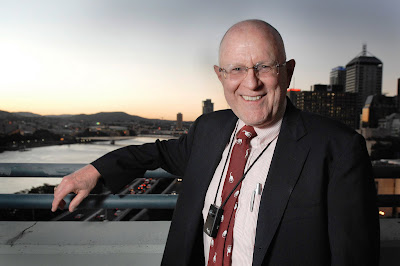
How to Build a Green Data Center
In 2009, Syracuse University, in cooperation with IBM, opened the Green Data Center (GDC)...
How to Green an Existing Data Center
For existing data centers, in 2009 Sentilla (Redwood City, Calif.) began beta-testing its Sentilla Energy Manager software that can retrofit existing data centers to reap up to 40 percent savings in energy...
Stirling Engine Powers SunCatcher
In 2009, a spin-off of the Department of Energy's Sandia National Laboratories--Stirling Energy Systems--proved the concept behind concentrating the suns' rays into the combustion chamber of a Stirling engine driving an electricity generato...
Osmosis Harnesses Ocean Power
In 2009, the world's first osmotic power plant went online at Statkraft (Oslo, Norway) enabled by Energy Recovery (San Leandro, Calif.) which re-engineered its desalination pressure exchangers to run in revers...
Tree Power Harnessing Nature's Battery
In 2009, MIT proved the concept behind "tree power"--namely that trees act like living batteries..
Read all the details by clicking below:
Full Text: http://bit.ly/5BBDsw


























